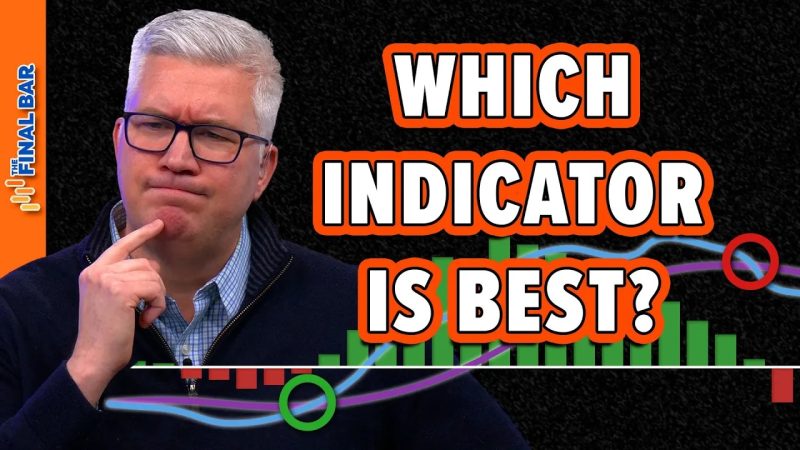Technical Indicator Showdown: MACD vs. PPO vs. PMO
Moving Average Convergence Divergence (MACD), Percentage Price Oscillator (PPO), and Price Momentum Oscillator (PMO) are popular technical indicators used by traders to analyze the price movements of financial assets. Each of these indicators has its unique characteristics and benefits, making them useful tools for making informed trading decisions.
**MACD vs. PPO vs. PMO**
**MACD
Moving Average Convergence Divergence (MACD)** is a trend-following momentum indicator that shows the relationship between two moving averages of an asset’s price. The MACD is calculated by subtracting the 26-day EMA (Exponential Moving Average) from the 12-day EMA, with a 9-day EMA serving as the signal line. The indicator provides signals based on crossovers between the MACD line and the signal line, as well as divergences between the MACD line and the price chart.
**PPO
Percentage Price Oscillator (PPO)** is a variation of the MACD indicator that measures the percentage difference between two moving averages. The PPO is calculated by taking the difference between the short-term and long-term EMAs and then dividing it by the long-term EMA. This normalization allows traders to compare the PPO values across different assets and timeframes. Similar to the MACD, the PPO generates signals based on crossovers and divergences.
**PMO
Price Momentum Oscillator (PMO)** is a momentum indicator that measures the difference between the closing price and a smoothed moving average of the closing price. The PMO is then smoothed using a signal line, typically a 9-day EMA. The PMO is known for its simplicity and clarity, making it easy for traders to interpret its signals. A rising PMO indicates bullish momentum, while a declining PMO suggests bearish momentum.
**Which Indicator is the Best?**
When comparing MACD, PPO, and PMO, it’s essential to consider the specific requirements of your trading strategy. Each indicator has its strengths and weaknesses, making them suitable for different trading styles and preferences.
– **MACD** is ideal for identifying trends and potential trend reversals, making it a valuable tool for trend-following traders.
– **PPO** is useful for comparing the momentum of different assets, providing a normalized view of the percentage difference between moving averages.
– **PMO** is straightforward and easy to interpret, making it suitable for traders who prefer a clear and simple indicator of price momentum.
In conclusion, each of these technical indicators has its unique features and benefits. By understanding the strengths and weaknesses of MACD, PPO, and PMO, traders can choose the indicator that best aligns with their trading goals and preferences. Experimenting with different indicators and incorporating them into a well-rounded trading strategy can help traders make more informed decisions and improve their overall trading performance.

